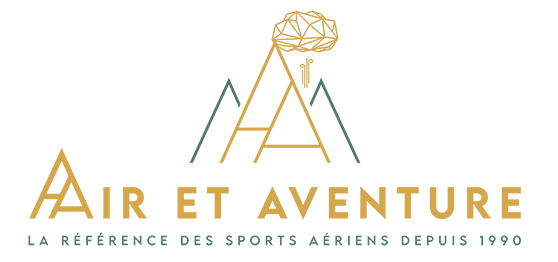Lines Length and Lines at Meters

Description
Understanding Paraglider Lines and Line Systems
The lines are the thin cords that connect the paragliding wing to the harness of the pilot. They are crucial for control and stability in flight. The line system refers to the set of lines and their arrangement.
Types of Materials for Paraglider Lines: Aramid vs Dyneema
Paraglider lines are generally made from two main materials: aramid and Dyneema. Each has its advantages and disadvantages.
Aramid is a technical organic fiber, low-stretch and resistant to abrasion. It offers excellent thermal stability but has poor UV resistance and loses strength when wet.
On the other hand, Dyneema is a polyethylene fiber offering long life and excellent mechanical strength. It is also more UV resistant compared to aramid. However, this fiber tends to shrink over time if not under tension.
It is common to find a mix of these two materials in the lines, seeking to optimize both performance and durability.
What are the differences between sheathed and unsheathed lines?
Paraglider lines are divided into two main categories: sheathed lines and unsheathed lines, each with specific characteristics and advantages.
Sheathed Lines: These lines are covered with a protective sheath, usually made of polyester or polyurethane. The sheath offers additional protection against abrasion, UV, and the elements, thus extending the life span of the lines. Sheathed lines are also easier to handle and untangle, a particularly useful advantage when preparing for takeoff. However, this additional protection adds weight and may slightly reduce the wing's performance due to increased drag.
Unsheathed Lines: Unsheathed lines do not have a protective sheath, making them lighter and reducing drag, thus offering slightly better performance. They are often used in light and single-surface paragliders where every weight advantage counts. However, the absence of a sheath means these lines are more susceptible to damage from friction, UV exposure, and the elements. They can also be more difficult to handle and untangle.
In summary, the choice between sheathed and unsheathed lines depends on the pilot's priorities: durability and ease of use with sheathed lines, or performance and optimized weight with unsheathed lines.
The Importance of Line Trimming and Maintenance for Paraglider Lines
A regular check of line trimming is vital. Deformed or weakened lines can dangerously affect the paraglider's performance and compromise the pilot's safety. Paraglider manufacturers often provide a tolerance range in line lengths to compensate for the natural shrinkage of materials like Dyneema.
The Different Types of Line Configurations
There are different line configurations, ranging from two-line models, used mainly in competition paragliders, to four-line models, more common in less high-aspect-ratio wings. Each configuration has implications on handling and wing performance.
Replacement and Repair of Paraglider Lines
Replacing damaged lines is an important part of paraglider maintenance. For this, it is recommended to consult professionals who can produce precise replicas of the original lines, considering the dimensional variations due to use.
Why Buy Your Lines from Air et Aventure?
A thorough understanding of lines and line systems is essential for any paraglider pilot. At Air et Aventure, we offer quality products, along with expertise that ensures your safety and enjoyment in flight.
We are experienced in changing line systems, and making exact replicas of lines in all types of diameters and materials!
Remember, regular maintenance of your equipment is key to a successful and safe flying experience.








